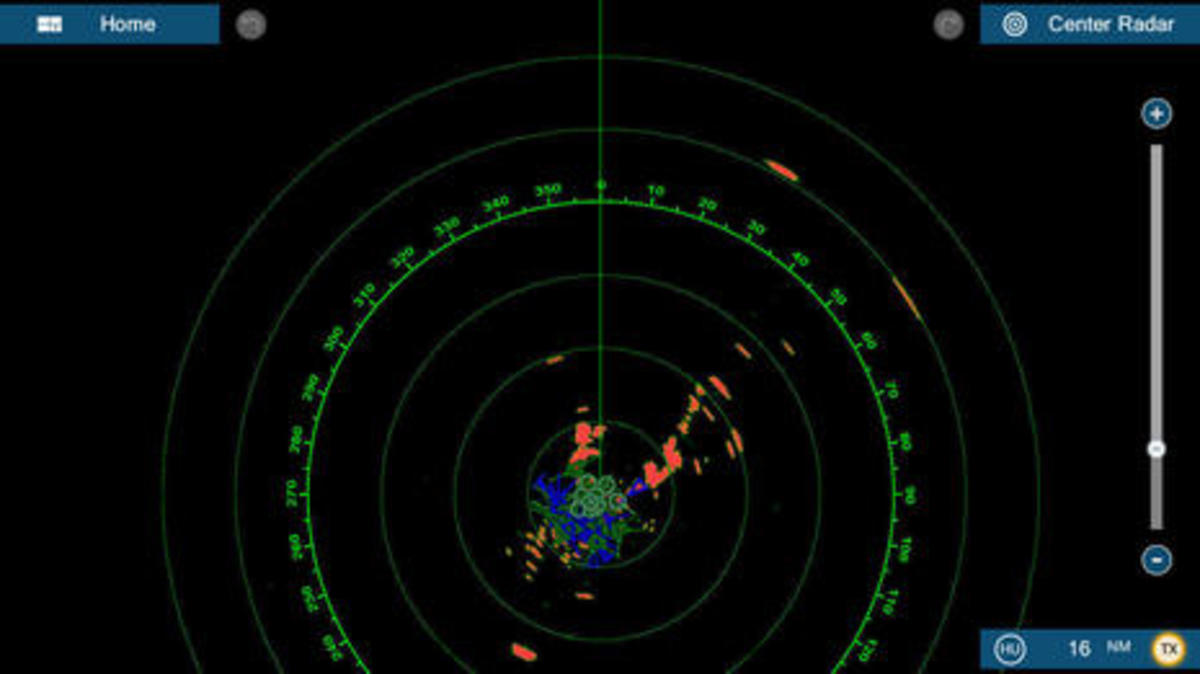
“We’re shooting at a very shallow angle, so any kind of obstructions – buildings, trees, even trucks – will cause backscatter.” Rachael Parkison, Marine Tactical Operations Center chief for the Aguadilla radar station. “The biggest thing is doing a site survey first,” said Marine Staff Sgt. That means positioning of the two sites was critical, with one eastern and one western location.
Sode net radar portable#
Those damaged areas continue to wash out during rain storms, but the expeditionary radar systems alert teams to those dangers and allow them to prepare for the deluge.īecause of their portable nature, the radar stations have less reach than the permanent stations they are replacing. Many retaining walls and roadways across the island have been compromised by winds, rains and mudslides. That sort of delay poses significant dangers to both air and ground assets. “The danger of operation without radar,” said Harmon, “is if a convective storm produces over the island, we won’t have an image of it via satellite for an additional thirty minutes to an hour.” Repairs are expected to take several months at least. Hurricane Maria destroyed those installations and threw the island into radar darkness. Normally the National Weather Service provides all radar imagery for the island of Puerto Rico through powerful permanent radar installations.

“This is a unique experience for us to use these radars in a humanitarian aid environment,” said Marine Warrant Officer Adam Harmon, the air control detachment officer in charge in Puerto Rico. Marines serving with the Marine Air Control Squadron 2 keep those aircraft aloft with two expeditionary X band radar systems normally used for operations in combat zones. In Puerto Rico, they have been flying missions in all conditions, at all times of day and night, to accomplish their lifesaving humanitarian objectives. SAN JUAN, Puerto Rico - Military aircraft are incredibly versatile, but they can’t work in isolation.


 0 kommentar(er)
0 kommentar(er)
